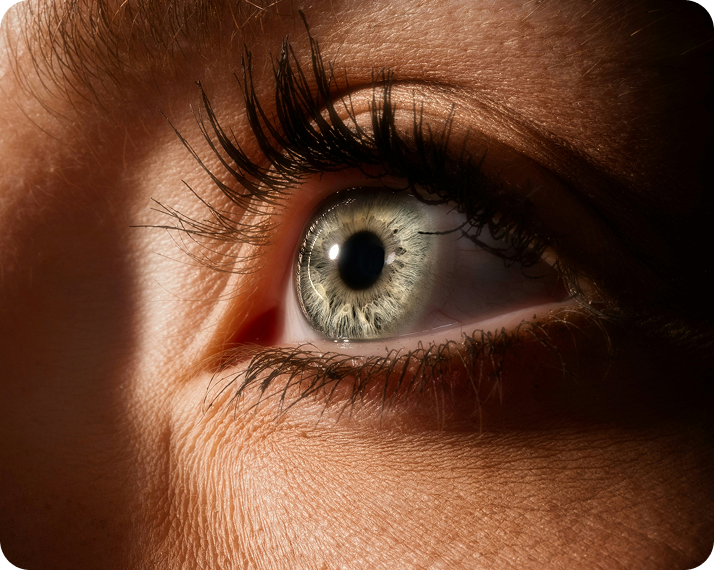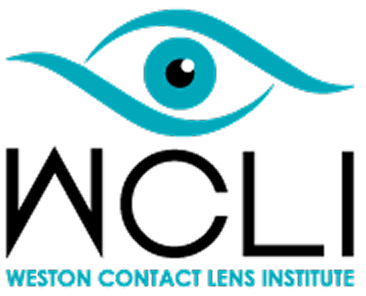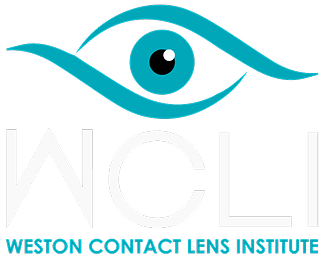It’s easy to overlook how vital your eyelids are until something goes wrong. Most of us take blinking, eye moisture, and comfort for granted. However, when the eyelids don’t function correctly, it can affect everything from how your eyes feel to your vision, especially if you wear contact lenses.
At the Weston Contact Lens Institute, we often see patients struggling with irritation, dryness, or trouble wearing contacts, which are frequently tied to undiagnosed eyelid conditions. These problems aren’t just uncomfortable. They can get in the way of your day-to-day life.
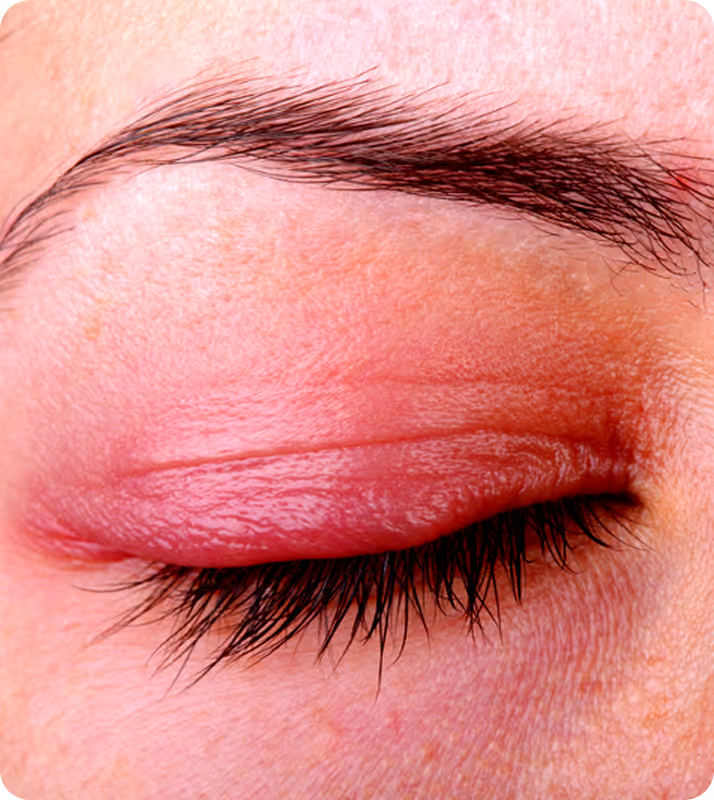
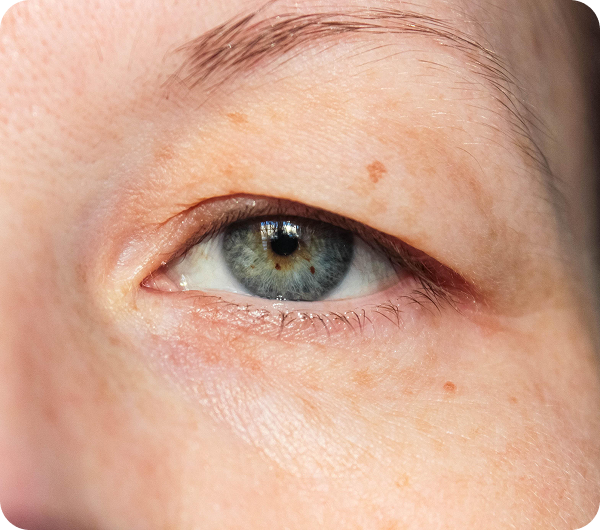
Common Eyelid Abnormalities
Your eyelids serve a purpose beyond cosmetics. They’re essential for distributing tears, protecting the eyes from debris, and maintaining sharp vision. When the eyelid position or function is even slightly off, it throws the entire system out of balance.
Let’s take a closer look at some common eyelid abnormalities:
- Ptosis: When the upper eyelid droops lower than normal, it’s called ptosis. Some people are born with it, while others develop it over time due to age, nerve damage, or even injury. Mild ptosis might be just a cosmetic concern. However, in more severe cases, it can block your field of vision and make everyday tasks more challenging.
- Ectropion: This condition causes the lower eyelid to droop, often leaving the inner eye exposed. That exposure can lead to dry eyes, excessive tearing, or even inflammation because the lid cannot properly spread or drain tears anymore.
- Entropion: The opposite of ectropion, entropion pulls the eyelid inward, allowing the lashes to rub against the eye. That constant friction isn’t just annoying. It can scratch the cornea or lead to long-term damage if ignored.
- Blepharitis: This chronic inflammation at the base of the eyelashes tends to be persistent and frustrating. It’s often caused by clogged oil glands or bacterial buildup. Patients describe it as itchy, crusty, gritty, or simply irritating, especially if they wear contact lenses.
- Styes and Chalazia: You’ve probably experienced one at some point: a red, swollen bump that shows up on the eyelid and makes blinking painful. Styes are infections, while chalazia are clogged oil glands that tend to persist for a more extended period. Both can interfere with contact lens wear.
- Tumors and Involuntary Spasms: Not every bump is harmless. Some growths, while rare, can be cancerous. In other cases, the eyelid might twitch or spasm uncontrollably, a condition called blepharospasm, which makes it hard to read, focus, or even keep your eyes open comfortably.
Why These Conditions Make Contacts Hard to Wear
Even small changes in the shape or movement of your eyelids can affect how your contact lenses fit and feel. Your eyelid works like a windshield wiper; if it doesn’t move smoothly, your tear film becomes uneven, which can cause your lenses to sit incorrectly or move uncomfortably on your eye.
With blepharitis, there’s often debris or an unstable tear layer, which makes lenses feel gritty and dry. If your eyelid turns outward (like in ectropion), it might water excessively, making the lenses slip or fall out. And if it turns inward (like in entropion), lashes can rub against the lens or worse, against the eye.
In many cases, patients try multiple lens types and brands with little relief. But the problem isn’t the lens, it’s the eyelid.
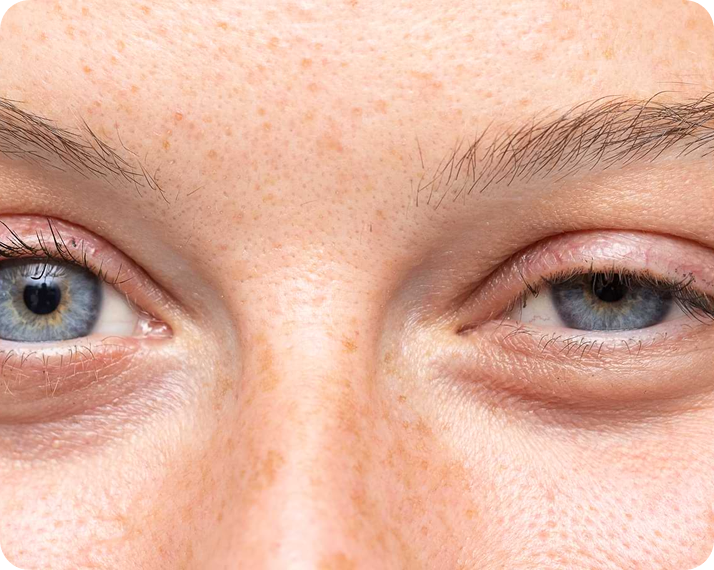
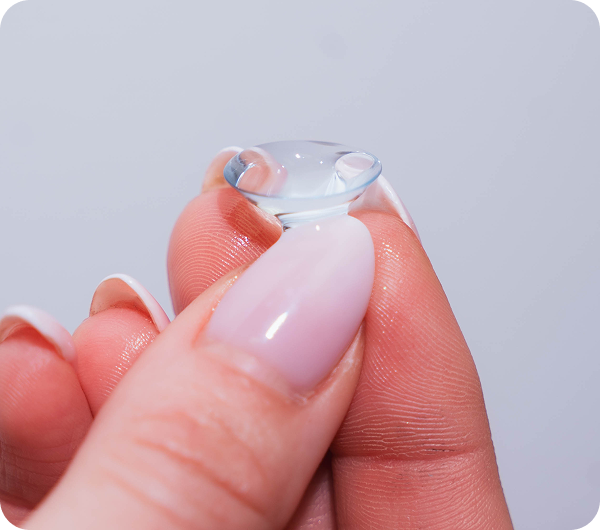
Scleral Lenses Can Help
Scleral lenses are very different from traditional soft or rigid gas permeable lenses. They’re larger, and they vault over the cornea completely, resting gently on the white part of the eye. That design creates a cushion of fluid between the lens and your eye’s built-in reservoir of moisture that protects and soothes the surface all day long.
Here’s why that matters:
- They bypass the irritated areas. Since scleral lenses don’t touch the cornea directly, they can reduce discomfort in cases where blinking or rubbing causes pain like with entropion.
- They keep your eye hydrated. The space under the lens fills with sterile saline, giving constant relief from dryness. For people with blepharitis or eyelid misalignment, this alone can be life changing.
- They offer better protection. If your cornea is exposed due to an eyelid issue, scleral lenses shield it from wind, light, dust, and friction.
- They often improve vision dramatically. These lenses smooth out irregular corneal surfaces, improving focus and clarity in ways standard lenses often can’t.
- They make chronic conditions more manageable. YEven though they’re not a cure for issues like blepharitis or MGD (Meibomian Gland Dysfunction), scleral lenses help patients feel more comfortable while pursuing longer-term treatments.
While scleral lenses provide remarkable relief by protecting the eye and minimizing friction from blinking, they are not a substitute for treating the root cause of eyelid issues. Conditions like Meibomian Gland Dysfunction or blepharitis can still silently progress if left untreated, potentially compromising long-term eye health and comfort even with scleral lens wear. That’s why, at MCLI, we often combine scleral lenses with in-office therapies such as OptiLight IPL, meibomian gland expression, or customized lid hygiene routines to address the eyelid inflammation directly. The goal is not just temporary relief, but sustainable improvement in both symptoms and ocular surface health.
What to Expect From MCLI
At the Weston Contact Lens Institute, we don’t just hand you a lens and send you on your way.
Every patient’s eyes are different, and eyelid issues add another layer of complexity. That’s why we begin with a full evaluation, including a detailed look at your lids, your tear film, and your corneal shape.
We use that information to decide if you’re a good candidate for scleral lenses or if another treatment path makes more sense. Either way, you’ll leave with a plan tailored specifically to you.
Ready to Feel Better and See Better?
If you’re constantly dealing with dry, irritated eyes or if contact lenses no longer work for you, your eyelids may be the culprit. The good news? You don’t have to live with it.
We’re here to help you get back to seeing clearly and comfortably.
Reach out to schedule an exam, and let’s talk through your symptoms and options. Relief might be closer than you think.
